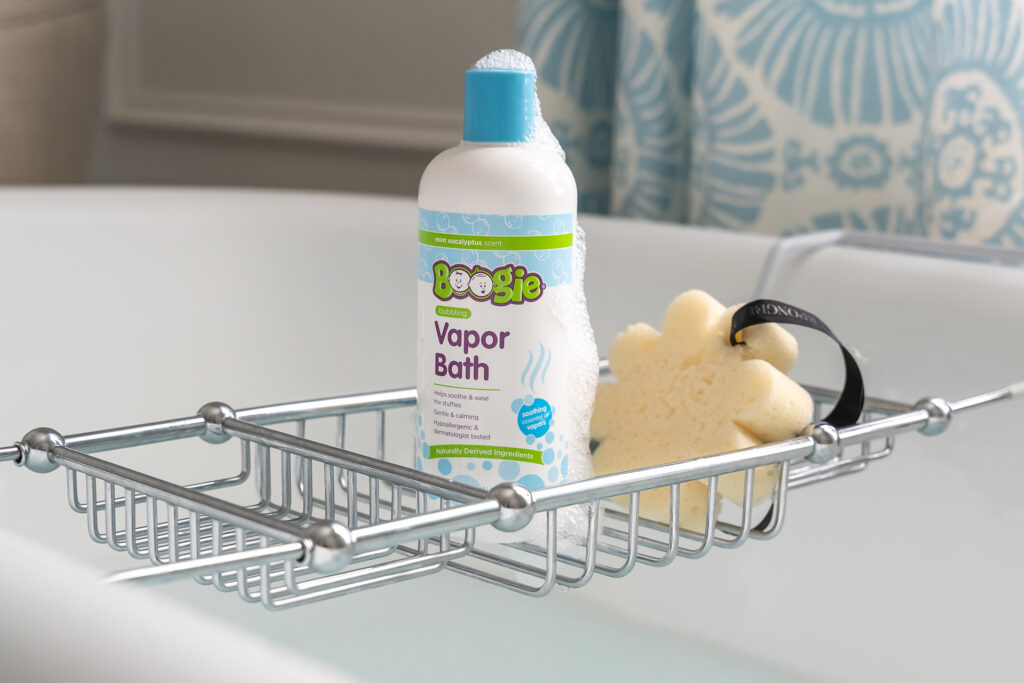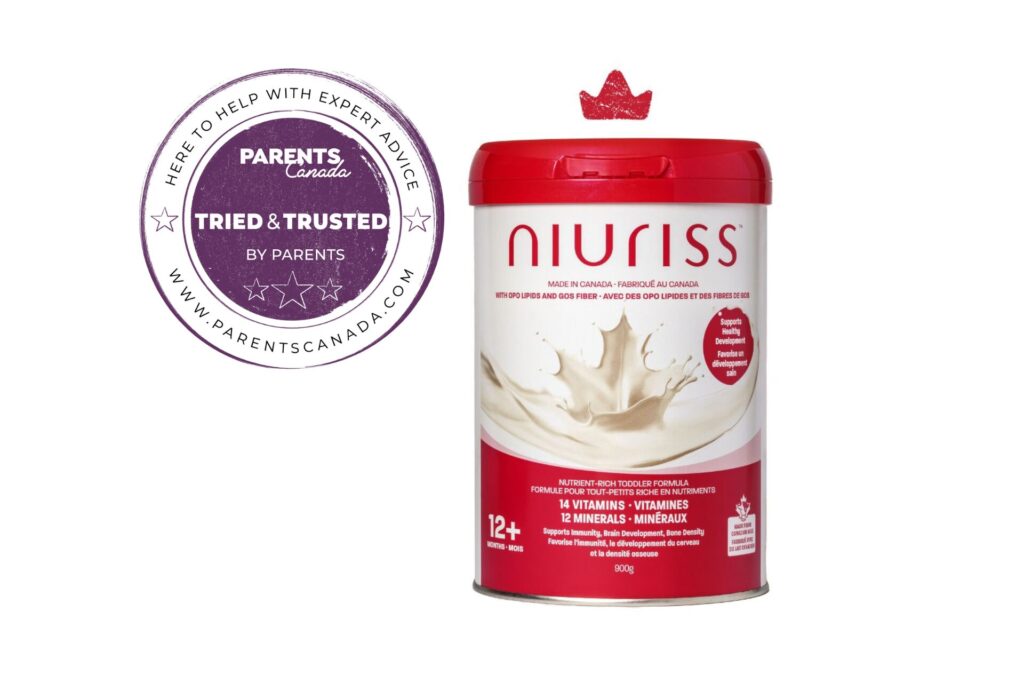You’ve ditched the crib and change table, now it’s time to transition the nursery to a toddler’s room. You want to be practical, but what’s wrong with creating a little magic?
Do you ever look at children’s rooms in decor magazines and think they look more like hotel suites than actual kids’ rooms? Where’s all the stuff? Who plays here? In the non-glossy real world, children’s bedrooms are the one place in the home that they should be able to call their own. A room that calls to a child teaches independent play. And just maybe provides a little much-needed down time for parents.
Check out these 10 inviting ideas:
1. Mirror Mirror
Kids are enchanted by their own reflection. Place a mirror at floor level. Use shatterproof or safety glass. Keep edges of mirrors rounded or covered. Anchor to the wall.
2. Easy Reach
Children want to be independent. Buy some furniture with drawers that are within your child’s reach. Have some easy-to-access clothes hung low in the closet so kids can make their own fashion choices.
3. What’s In Store
Toddlers love to help, so make it easy to stay organized by labelling plastic or wicker boxes with photos and words of what goes inside so the youngster can see where everything belongs. Check the edges of the containers for sharpness or cracks.
4. Make an Art Gallery
The fridge isn’t the only place for kiddy art! Try displaying your little Picasso’s masterpieces in a special way, such as in an inexpensive frame. This is serious art! So make it look professional.
- Make sure your child ‘signs’ their work.
- Write your child’s description of their creation at the bottom of the picture.
- Attach a coloured string to the wall and hang art with decorative clothespins so it’s easy to update the masterpieces daily.
5. Avoid Toy Overload
Have a small selection of toys available at any one time, but replace often so there is always something new and interesting to do. Set aside birthday and holiday gifts to be opened later and take toys that are broken or have missing parts out of the rotation.
6. Colour Theory
Choose a natural or pastel colour scheme. Bold primary colours in large areas can be over-stimulating.
7. Safe Haven
Think of safety so your child can learn to spend time alone. Don't create a space to hide where children cannot easily be seen. Cover all electrical outlets. Put blind cords, lamps, plants and electric cords out of reach.
8. Imagine That
Stimulate your child’s creativity by creating an Imagination Station. Provide empty and clean cereal boxes, margarine containers, juice jugs and egg cartons. Maybe throw in an old phone, calculator, or remote control. Include dress-up clothes (hats, gloves, purses, shoes) and safe kitchen utensils, eye glasses with the lenses removed and a child-sized table and chair. (Don’t include corrugated cardboard boxes. If children put them in their mouths, they moisten and break apart.)
9. Get Active
Active play uses large muscles by crawling, walking, rolling, pushing or stacking. Encourage activities that include gross motor movement and hand-eye coordination. Have wooden or plastic blocks, toy cars and dolls to get kids building and moving the whole body. If there’s space, add a cushioned area for tumbling or rolling in a controlled environment. Locate it beside the imaginative play area because the toys will be shared.
10. Invite Calm
Create a quiet area with pillows, stuffed animals, books and perhaps a junior sized bean bag chair. Hang a kite. Create a tent with a blanket. Choose a quiet corner that invites rest.
Published May 2010











